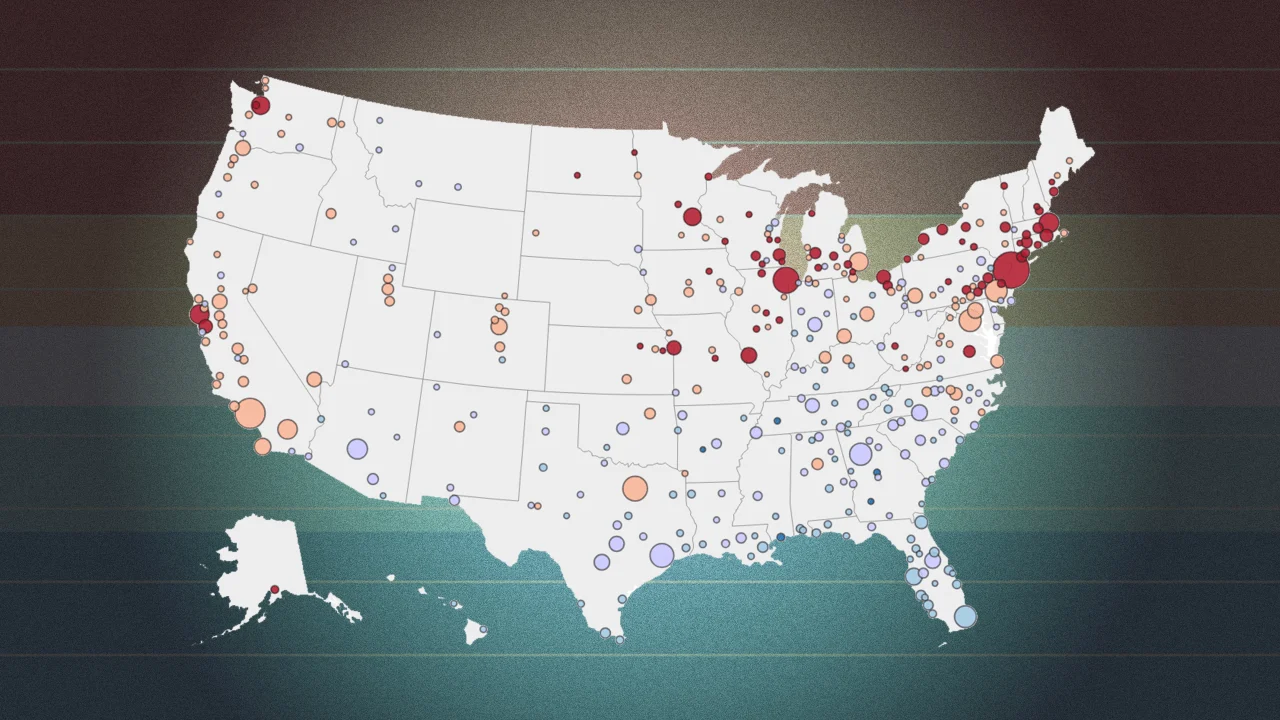How to Spot and Fix Hail Damage on Your Roof in West Texas
Hail storms are no joke in West Texas. One minute the sky is clear and the next, your roof is taking a beating. If you've lived here for a while, you know how fast the weather can change. And when hail hits, it often brings trouble for your roof. In this post, we’ll show you how to spot hail damage early and what to do next. Whether you’ve got shingles or a metal roof catching the signs early can save you money and stress. Let’s get started!

Why Hail Damage Is a Big Deal
Even small hailstones can mess up your roof. Over time, this damage can lead to leaks, mold or even roof collapse. That’s why it’s important to check your roof after every hail storm.
Hail damage isn’t always easy to see from the ground. But just because you can’t see it, doesn’t mean it’s not there. Getting help from trusted West Texas roofing contractors can make all the difference.
Signs of Hail Damage on Your Roof
After a storm, go outside and look around. You might spot signs right away. Here's what to check for:
1. Dents and Bruises
Shingles may look fine at first glance, but hail often leaves dents or dark spots. You might also see shiny areas where granules are missing.
2. Broken or Missing Shingles
Shingles can crack, curl, or fall off completely. This is a big red flag. If you see this, call for hail damage roof repair services in West Texas right away.
3. Gutter and Downspout Damage
Check your gutters. If they’re full of roof granules or have dents, your roof probably took a hit too.
4. Damage to Roof Vents or Flashing
Metal parts on your roof (like vents and flashing) often show damage first. Dings, bends, or paint chips are all signs of hail.
How to Check for Roof Damage Safely
We always recommend staying safe. Don’t climb up on your roof unless you have the right gear and know-how. Here’s how to check from the ground:
Use binoculars to look for lifted or missing shingles.
Walk around your home and inspect the siding, fence and AC unit—if they’re damaged, your roof likely is too.
Look in your attic for leaks or water stains after a storm.
If you’re unsure, call a pro. A local West Texas roofing contractor can inspect your roof safely and give you a full report.
What to Do If You Find Hail Damage
Don’t wait. Hail damage gets worse over time. Here's what to do next:
1. Take Photos
Snap pictures of all damage. This will help when you file an insurance claim.
2. Call Your Insurance
Let your insurance company know what happened. They may send someone out to inspect the roof.
3. Contact a Local Roofer
Choose someone with experience in wind and hail roof repair. They’ll know what to look for and how to fix it right the first time.
Hail Damage and Metal Roofs
Metal roofs are tough, but they can still get damaged. Hail may leave dents or knock the protective coating loose. This weakens the roof over time.
If you spot dents or bends in your metal panels, you may need metal roof hail damage repair. Catching these early helps you avoid rust or leaks.
Choosing the Right Roofing Contractor in West Texas
Not all roofers are the same. You need someone who knows how to handle hail and wind damage. Here’s what to look for:
-
Local experience – Pick someone who knows the West Texas weather.
-
Insurance knowledge – A good roofer helps with claims.
-
Clear pricing – No hidden fees or surprise costs.
-
Good reviews – Check what other homeowners say.
-
Look for companies that offer hail damage roof repair services in West Texas. They should also handle wind and hail roof repair for all roof types.
Tips to Prevent Future Roof Damage
You can’t stop hail, but you can make your roof stronger. Here’s how:
-
Get regular roof checks – Especially after big storms.
-
Trim nearby trees – This keeps branches from falling on your roof.
-
Upgrade shingles – Class 4 shingles resist hail better.
-
Install impact-resistant vents and flashing – These parts often get hit first.
Talk to West Texas roofing contractors about these upgrades. They can help you pick the best options for your home and budget.
When to Replace vs. Repair
Some damage can be fixed with a simple repair. Other times, it’s better to replace the roof. Here's a quick guide:
Repair if damage is light and your roof is fairly new.
Replace if the roof is over 15 years old or has widespread damage.
A roofer you trust can help you decide. They’ll give you options and honest advice.
Conclusion
Living in West Texas means dealing with hail from time to time. But you don’t have to face roof damage alone. Keep an eye out for signs of trouble. And if you see anything off, call in the pros for help.
Getting timely hail damage roof repair services in West Texas can save you from bigger problems later. Whether you need a quick patch or full metal roof hail damage repair, local West Texas roofing contractors are ready to help.































































































































































